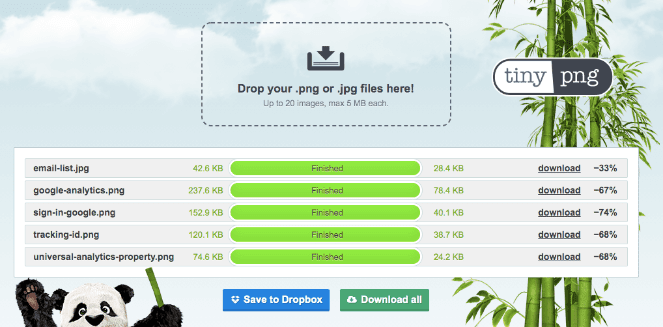When it comes to B2B marketing, the biggest mistake you can make is to use marketing strategies that work for the B2C market.
How you sell as a business to another business (B2B) is significantly different from how you’d sell to a direct customer or consumer (B2C). These are two different types of audiences with differing needs. Let’s look at some features that typically characterize a B2B customer:
- B2B customers need complex offerings such as the product itself, installation services, regular maintenance, and more
- In industrial cases, a product may have to last for a lifetime or decades
- B2B customers carry out extensive research
- These clients buy in high volumes or buy a single or few products at extremely high values
- B2B clients often buy products so that they can use them to cater to their own customers
- They can be price sensitive and constrained by business budgets
These are a few ways business clients differ from everyday consumers. And in this post, I’ll share how to craft your marketing approach so that you account for B2B needs. Let’s get started.
Generate B2B leads with the right lead magnets
One of the most difficult aspects of marketing to B2B customers is finding qualified leads. It’s very likely that your website gets visits from consumers as well as potential business customers.
One way to identify B2B leads and capture their email information is to create lead magnets. Lead magnets are free gifts that you can offer to visitors on your website. To access this gift, your visitor can drop in their email address and stay in touch with you through a newsletter.
Here are a few lead magnets that you can create that will appeal to B2B customers:
- Industry reports and trends
- Case studies
- White papers on topics in your industry
- Free ebooks
- Toolkits and resources
- Video courses
Typically, content like the ones mentioned here are useful to B2B clients rather than the average consumer. Once you start getting better leads, you’ll be able to personalize your communication and make more B2B sales.
Qualify B2B newsletter subscribers with an extra step
If you’re using a good optin popup tool, then you’ll find it easy to add an extra step that helps you distinguish B2B from B2C leads.
On your newsletter subscription form or popup, ask users to either describe who they are in general terms or explain what they’re looking for on your website.
For example, adding a step where the user chooses either of the following ‘I’m a business owner’ or ‘I don’t own a business’ will help you segment your email list right away.
You’ll build an email list where you can send personalized emails to your B2B leads and start building a relationship with them right away.
Focus on product education
Because B2B customers spend more money and have more complex needs, they spend a lot of time doing research.
It’s critical that your content marketing provides clients with the right information at every stage of their purchasing journey.
One key focus that you should work on is product education. Create extensive documentation on how to use your product using simple language and by including all the relevant details.
And also, make sure that your content doesn’t just help customers achieve their immediate goals but their overarching ones too.
Here’s an example of what I mean: for my OptinMonster brand, we give people a way to create optin popups easily. Our content helps customers understand how an optin popup can help them get more leads. But that’s just a step in the overall plan a customer has. What they really want is to make their business a success or to solve a major problem.
When we realize what the ultimate goal is that a customer wants to achieve, we can start creating content that helps them. To continue the example, aside from teaching customers how to use popups, our OptinMonster blog also shares key information on creating conversions.
Your B2B customers do not shy away from research. Help them out by creating extensive video and written material and you’ll see better results as customers move through the sales funnel.
Offer extra benefits
For many B2B products, it isn’t enough to make a sale, deliver the product or service, and consider the relationship or transaction closed.
More often than not, customers need to be able to get help, request more features, fix problems, maintain the product, and more.
Customers also place a great deal of importance on pricing. So, if you want to make your offer more appealing, then offer customers ‘free’ benefits for buying from you. Some free or extra benefits that can close the sale include:
- Free delivery
- Training on using the product
- 24/7 customer service
- Maintenance and servicing at a limited-period discount
A major fear that keeps customers from buying is the worry that they’ll regret their purchase. You can put this fear to rest by offering top-notch customer service. And highlighting how your customers will benefit from working with you.
Back to you
Creating more sales through your B2B customers can be both challenging and rewarding. The important thing is to realize that these customers are different and they’ll need more time, details, and continuous support to win them over.



